|
In a quick recce around the hotel grounds of the Sol Rio de Luna y Mares we identified some areas of longer grass that hadn’t recently been cut and which contained various Eurema species and Dorantes Longtail Urbanus dorantes. Later these areas were all mown which was a shame as their value as a breeding and roosting area was removed at a swipe. We have spoken to the head gardener Amaury about this and asked him to think about leaving some grass areas uncut which we hope will have an effect. In March the area was much drier than in December and there was a nice uncut area near their vegetable growing area which had several species roosting and a mating pair of White Peacock Anartia jatrophae and a Ceraunus Blue Hemiargus ceraunus. There are two other very common species of blues that I will show here so that you can see the differences. All three species can be abundant often flying together in open areas anywhere. The other four species of 'blue' are rare in Cuba. We also found an area near the beach that was ‘less-managed’ and where there was a nice variety of nectar sources including Bougainvillea. Here we saw our first Mangrove Skipper Phocides pigmalion with its distinctive blue stripes but the real excitement came later in the holiday with the finding of larvae of this species. By chance just before we left England I had come across a photo of a fully grown larva which encouraged me to look while we were out in Cuba. I had kept an eye open for feeding damage in several areas of mangrove without success but one day as we stood near the blue bridge I spotted several partially eaten leaves, and on closer inspection found some turned over sections of leaf with larvae concealed underneath. The Ixora hedges in the gardens were being visited by Cloudless Sulphur Phoebis sennae and Large Orange Sulphur Phoebis agarithe amongst others. Although small, it was quite clear what they were from having seen the photo the previous week so that was very fortuitous. Larvae feed nocturnally and hide by day under a specially constructed leaf flap formed by cutting two segments in the leaf edge leaving a central hinge connection which is folded over using silk strands. When the flap becomes too small for the growing larva a new larger one is cut. The day before we came home we went to have another look and opened up one leaf fold again and the larva had grown considerably. We also found freshly laid eggs that had not been there a few days before.
0 Comments
Leave a Reply. |
Welcome to our Blog
Here we will post interesting news about what we and others have seen in Cuba. Archives
July 2024
Categories |
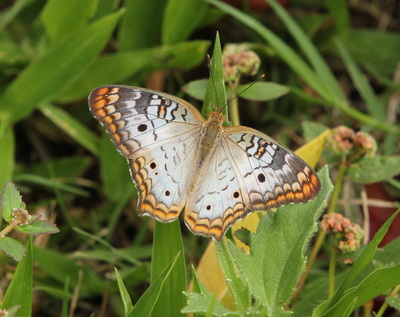
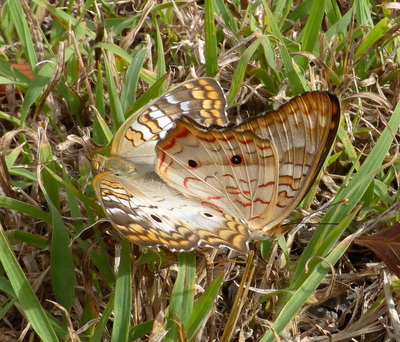

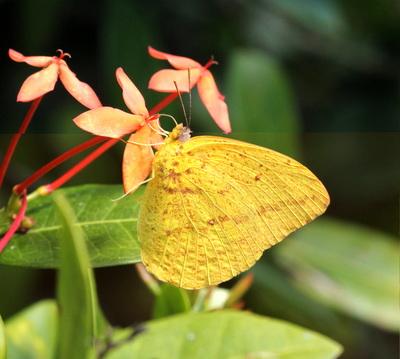
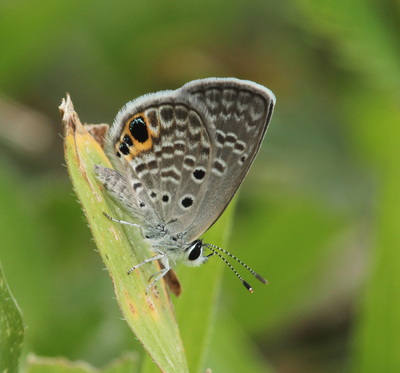
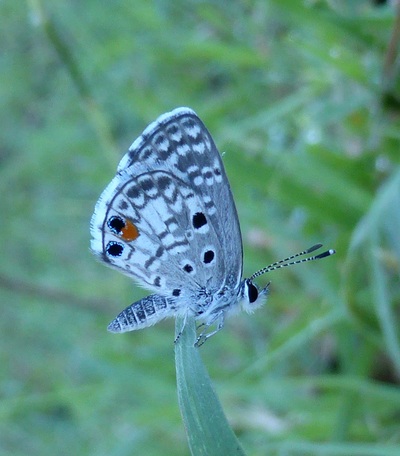
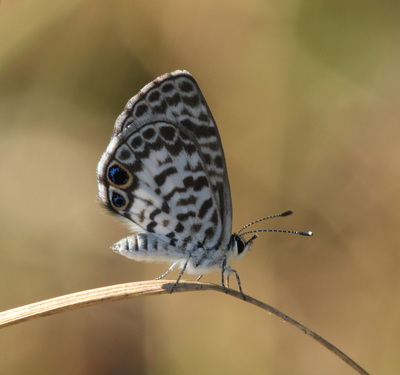
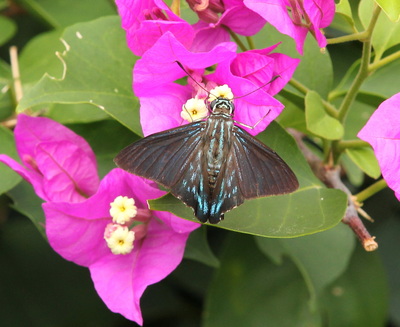
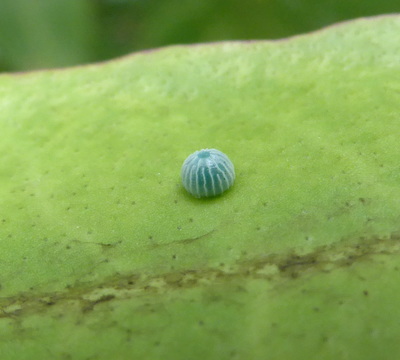
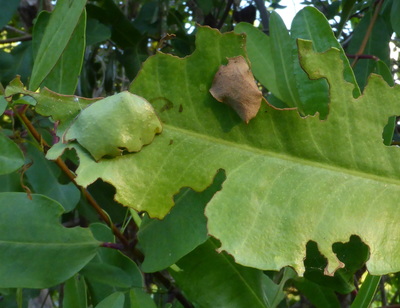
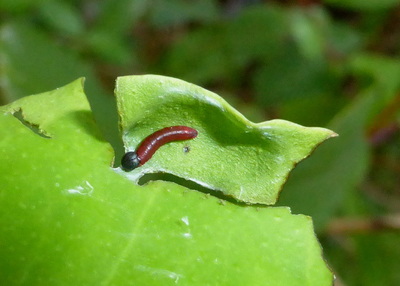
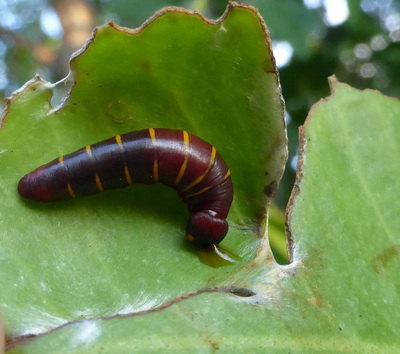
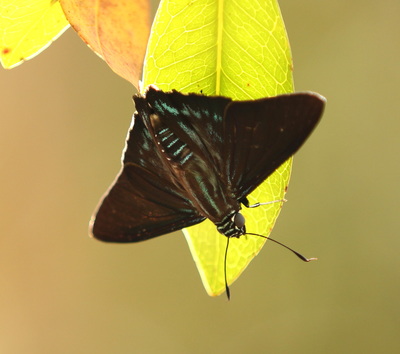
 RSS Feed
RSS Feed